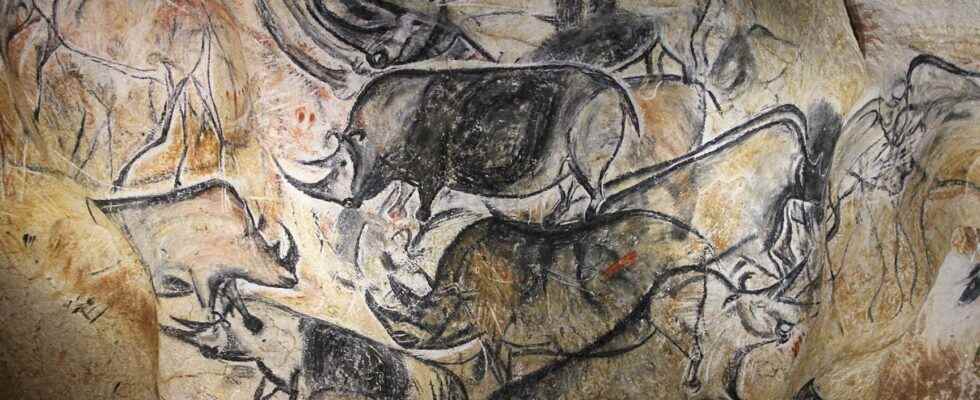The remains of prehistory may be incomplete, but they are an inexhaustible source of surprises. Paintings, bones, fossils never stop bringing their share of revelations. Their study allows us to learn more and more about our past.
Barely more than 150 years ago, the idea that Man could rub shoulders with species disappeared, or worse, that other Men could have existed in an “antediluvian” past, was far from self-evident. Discovered in the first half of the 19the century, in the Chaffaud cave (Vienne), a bone fragment of reindeer engraved with two hinds was thus first considered as an object Celtic.
As for the most famous of fossil men, Neanderthaldiscovered in Germany in 1856, the curvature of its femur thought for a time that he was only a common Cossack who died in pursuit of theNapoleonic army ! Admittedly, knowledge has since progressed by leaps and bounds, thanks to the proliferation of studies and excavations, and the upheaval in methods of analysis. However, we must not believe that the revelations of our past have ceased to arouse disbelief, even controversy.
Flint knapping holds an important place in Mesolithic society, the prehistoric period. It was at this time that she benefited from the arrival of a new technique using a soft striker. Discover, during this video of theInrap (Preventive Archaeological Research Institute), how the first men fashioned their tools. © Docland Yard/Gedeon Programmes/Universciences/Inrap
Methods of analysis and dating always reveal more to us
Radiocarbon dating of the Chauvet cave and its perfectly mastered figurative art (36,000 years old) or those ofgeometric art de Blombos in South Africa (77,000 years ago), for example, literally shattered our conceptions of the evolution of art. As for fossil men, paleontological finds, and now also genetic have been piling up for about thirty years and have constantly pushed back our origins while complicating the history of the human branch.
In this file, taken from the book entitled ” The very beautiful book of prehistory », of Marc Azema and Laurent Brasier, published by Dunod, we will discuss Homo habilis and tools, and recognition of rock art. And we will discover masterpieces of parietal art, such as the caves of Chauvet, Altamira in Spain, Marsoulas, Lascaux…, known for their fascinating Palaeolithic bestiary.
